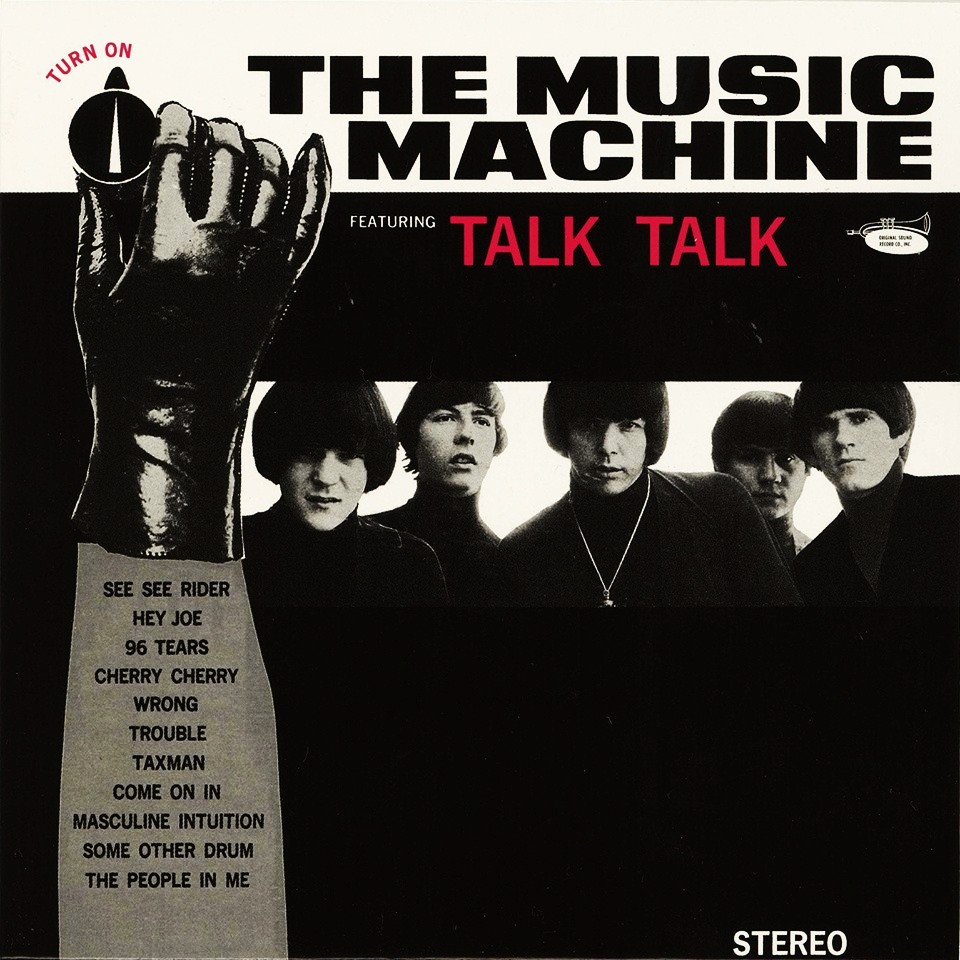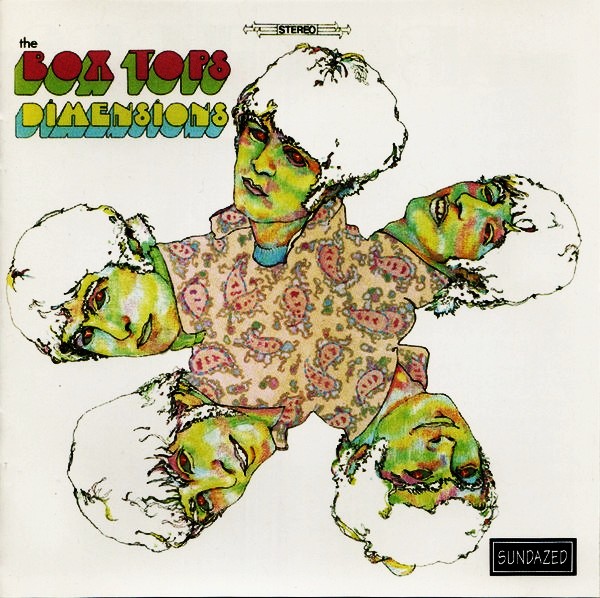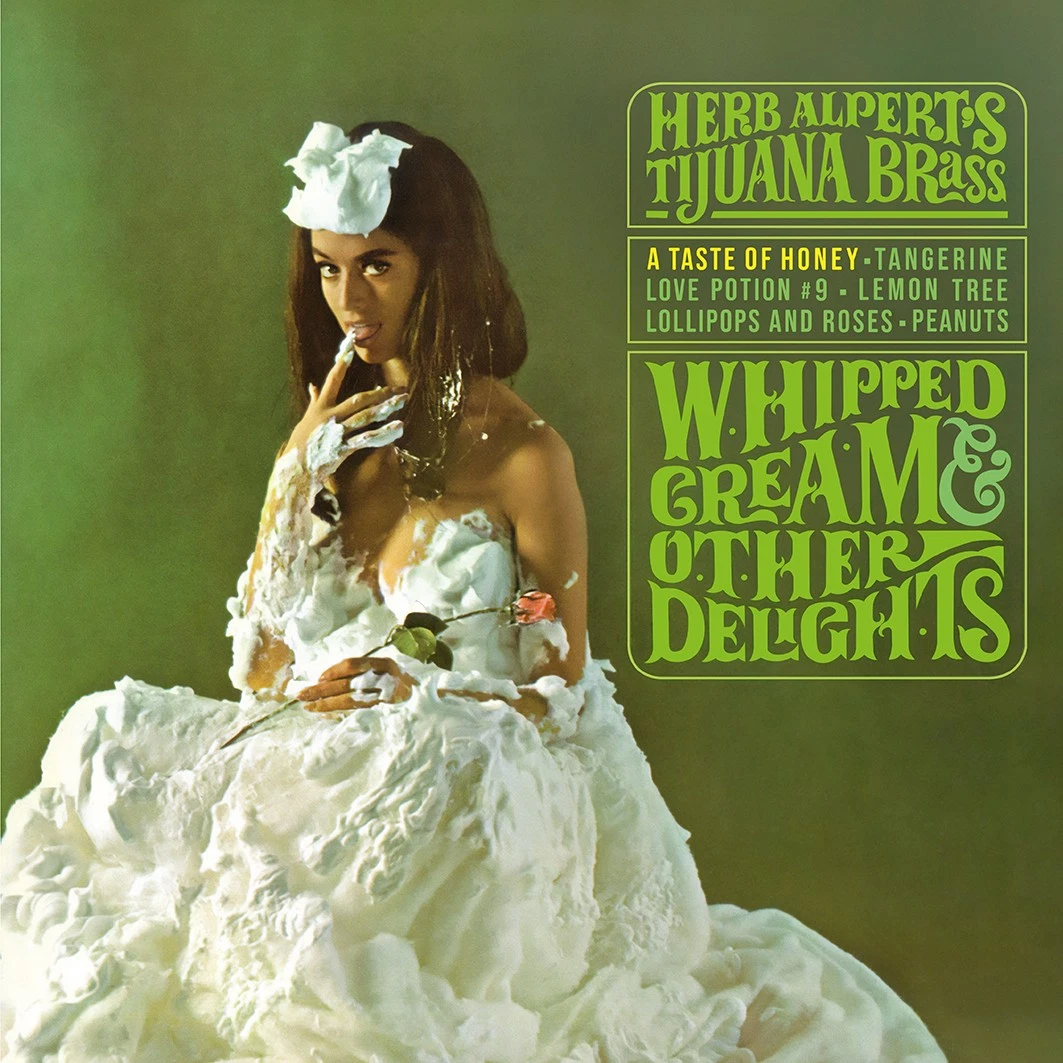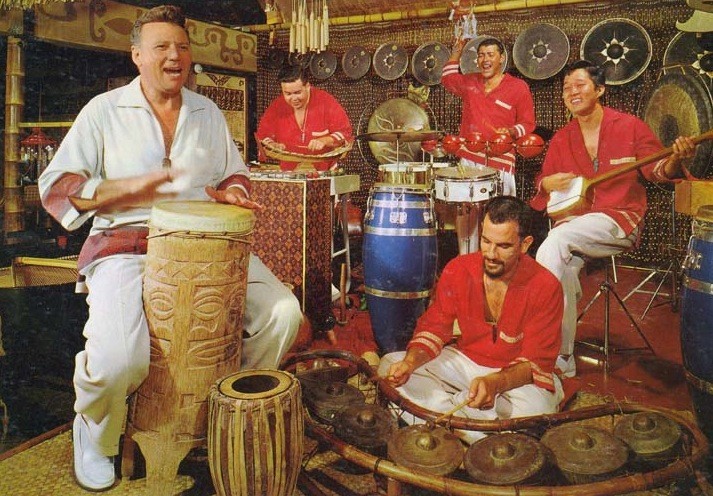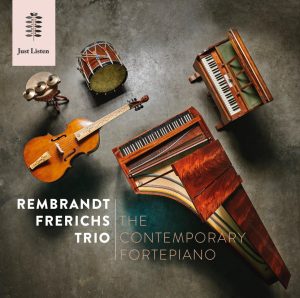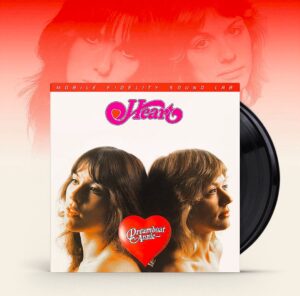If you're an audiophile who's under the age of eighty, you probably haven't paid much attention to Frankie Laine (1913-2007). There was a time when the dynamic Mr. Laine, who was born Francesco Paulo LoVecchio, was as popular as Frank Sinatra. In his day he was affectionately called Mr. Rhythm, and for good reason. Great examples of his rhythmic phrasing can be heard on many of his hit records, like "Jezebel," "Mule Train," and "That Lucky Old Sun." Perhaps you remember the theme song to Blazing Saddles? That, dear readers, was the one and only Frankie Laine, and a perfect example of his rhythmic charm.
Frankie Laine was such a great singer in the realms of pop and jazz that he deserves some coverage by this magazine. The CD that I'm reviewing is a perfect introduction to his dynamic talent, and, as an added bonus, the sound on most of the cuts is incredible. The disc that I'm reviewing is called The Frankie Laine Collection (Mercury 314 510 436 2). It's a collection of hits, and songs that should have been hits, from 1946 to1950.
The CD opens with "That's My Desire." There were two prior recordings of this song. One is a forgettable 1931 recording by Russel Wooding, and the other is a marginally better performance by Nick Lucas from the same year. Frankie Laine's 1946 recording is definitive. The recording features stunning winds played by Mannie Klein (1908-1994) on trumpet, Babe Russin (1911-1984) on tenor sax, and an uncredited clarinetist who competes with Laine for the spotlight. The seductive and downright perfect piano playing is by Carl Fischer (1913-1954), who was Laine's arranger throughout the forties, and into the early fifties. The music conjures up visions of velvet and romance. To my ears it's a perfect record, as the singing is perfect, the musicianship is sublime, and the sound is remarkable in its warmth and clarity.
The second cut is one of my favorites on the disc. It's called "On The Sunny Side Of The Street," and it's a prime example of hot vocal jazz. The first thing you hear on this smoking hot 1947 recording is Babe Russin's awesome tenor sax, which is quickly followed by a humming Frankie Laine who can barely control his desire to let the lyrics fly. The two are setting the stage for even more excitement, and that excitement arrives in the form of an electric guitar, played by the great Perry Botkin (1907-1973). (Botkin's sound is remarkably similar to fifties era Wes Montgomery.) Quickly following Botkin is Laine's dynamic singing, which arrives alongside Carl Fischer's piano. Mere words can barely describe the intense energy that this music projects into the listener's room. And it all ends with a bang, or, better said, a forceful thud from drummer Lou Singer's (?-1975) kick drum. The words "what the hell was that" aptly describe the positive jolt that the listener receives from this remarkable, and, by the way, very well recorded song.
Cut three is Laine's 1946 recording of the jazz-blues classic "Black and Blue." Composed by Fats Waller and lyricist Andy Razaf, most interpretations, such as those by Louis Armstrong and Andre Previn, are slow and truly bluesy. Laine notches up the song's tempo, thus making it a perfect example of rhythm and blues, but at the same time it's very jazzy. The song opens with Lou Singer's pearly vibes backed by Fischer's piano. Laine soon enters with some powerful guitar strumming from Botkin. Frankly speaking (pun intended), this performance leaves the earlier versions in the dust. The musicianship is smoking hot, and so is Laine's singing. Perry Botkin emerges as one hell of a great jazz guitarist. The sound is once again delightful, as it's warm, dynamic, and soothing. I should point out that some of the greatest drummers were great vibes players, and some of the greatest vibes players were great drummers, and Lou Singer's vibes are positively magical.
Cut five is an intensely hot interpretation of "All Of Me" from 1947. Laine's performance is nothing short of explosive. Like most audiophiles, I find it hard to tear myself away from Willie Nelson's recording. However, as wonderful as Willie's interpretation is, he lacks Laine's kinetic energy. There's also Johnnie Ray's turbo charged version from 1952, and a thrilling big band performance from 1958, featuring the sublime Keely Smith. Need I tell you that you should own all three of them?!
Cut fifteen is an excellent version of "God Bless The Child," recorded in 1949. It's impossible not to compare it to Billie Holiday's incomparable 1941 recording, but Laine brings a lot to the table, as did David Clayton Thomas in 1969. Let's face it, all three singers recorded indispensable versions. I should also point out that the sound, while not quite as dynamic as the first three cuts, is excellent. The opening strings are a little shrill, but Laine, thanks in large part to an old school ribbon mic, is palpably present.
Cut sixteen, from an audiophile's point of view, is one of the most important vocal recordings ever made. On the day it was recorded, which happened to be June 14, 1949, Laine was lucky to be in the same room with a tape recorder. 1949 was the year that Ampex introduced the Model 200 recorder. This magnificent machine only ran at one speed, thirty inches per second. And because the Model 200 only recorded on one channel, the entire width of the tape was utilized for that single channel. Even with the tape of the day, the sound was essentially hiss-free. If you're one of those low-noise/black-background types, take a careful listen to this cut. It may, and hopefully will, make you understand why some audiophiles, like me, are not impressed by the digitally recorded, reverb-drenched "demo" recordings of our modern day. The sound of a top tier singer, singing into a ribbon mic, and amplified by a tube mic preamp, should be a lesson to all audiophiles, and, by the way, recording engineers. (This kind of sound is not impossible to achieve today, so why aren't we getting it?) The song became a pop vocal standard, also recorded by Ray Charles, Dean Martin, Frank Sinatra, Bobby Darin, and many others. Laine's recording is, in my opinion, the best of them all. The combination of he-is-right-here-in-my-room sound, Laine's impeccable musicianship, and this terrific song, makes this CD indispensable.
Cut eighteen is one of the greatest cowboy novelty records ever created. It's the classic "Mule Train," again from 1949. There are many versions to choose from. Laine's version is one of my two favorites, because Gene Autry's version is just as exciting. I also love, and so will you, the parody versions by Spike Jones, and the incomparable Mickey Katz. The song requires a powerful vocalist, and the sound of snapping whips. Musicians and sound effects personnel are required to make it work, and does it ever work on Laine's recording! The public loved it so much that it reached the number one chart position in November that same year. Sound wise, this is the only cut that doesn't quite match the rest of the CD's perfectly-transferred standard. Although the sound is clean and clear, it's a little too de-noised and lean for my taste. I prefer the meatier and more organic sound found on the LP Songs By Frankie Laine (Mercury MG 20069).
This disc would be worth whatever you have to pay for it, as "That Lucky Old Sun" rivals Dusty Springfield's recording (the one found on Casino Royale soundtrack) of "The Look Of Love," as one of the most perfect recordings of the human singing voice. This disc is as much a tool as it is a musical pleasure. With so many audiophiles tweaking their stereos with reverb-soaked singers, like Jennifer Warnes and Eva Cassidy, be the first on your block to use this CD instead, that is if you want your classical, jazz, and rock recordings to sound their best. My closest friends and I have been using "That Lucky Old Sun" as a tweak tool for more than two decades. Although my tweak choices have drifted towards Willie Nelson and Barney Kessel, I can barely begin to extoll the usefulness that this reverb-free, all-tube, and ribbon-mic'd recording has to offer. It's possibly the best one stop tweak cut that the 4.75" silver disc format has ever offered.
This review could not be complete without discussing the great tenor sax player Babe Russin. Russin played in bands led by Glenn Miller, Benny Goodman, and Tommy Dorsey. I've lost count of the number of times over the past three decades that I've wondered who that great tenor sax player is. Russin was a giant to the tenor sax, with a giant tone. It was Russin who played the awesome solo in Glenn Miller's "String Of Pearls." Russin never gets mentioned in the same breath as Colman Hawkins and Lester Young, and that, dear friends, is just plain unfortunate.
Being the lover of drummers that I am, I tried my darndest to find information on drummer Lou Singer, but there isn't much out there. During the fifties he played on numerous "adult" records, two of which include Sinatra's In The Wee Small Hours, and an album that I really like, Dean Martin's Winter Romance, but neither of these easy-going albums displays his immense skill as a percussionist as well as this Frankie Laine CD. I was surprised to find out that it is none other than Singer who played the famous clink clink, or clank clank, in the Green Acres theme. From the information available on the internet, it looks like everyone has heard Lou Singer, because he played on countless TV and film soundtracks.





